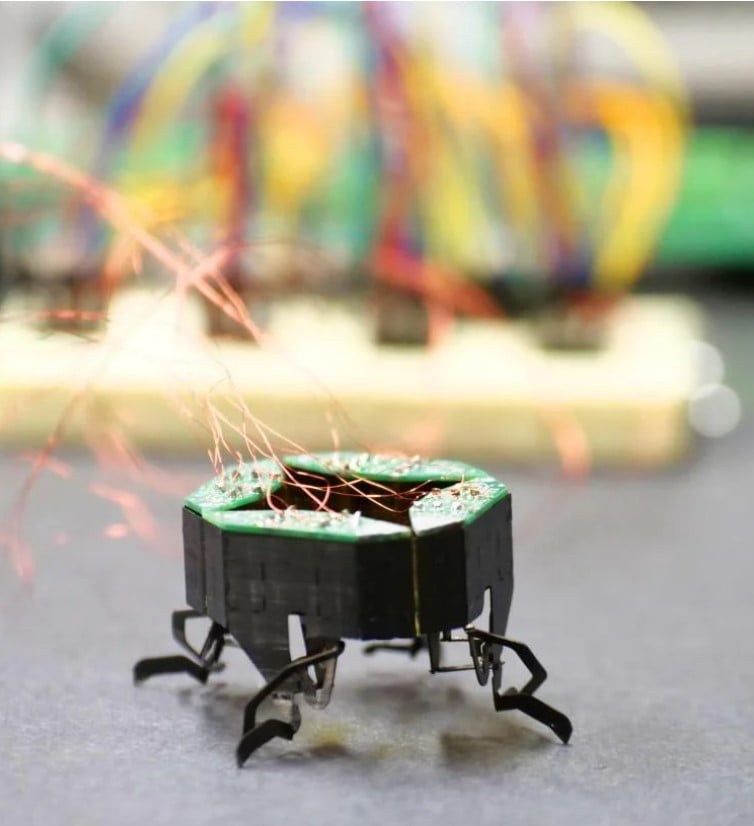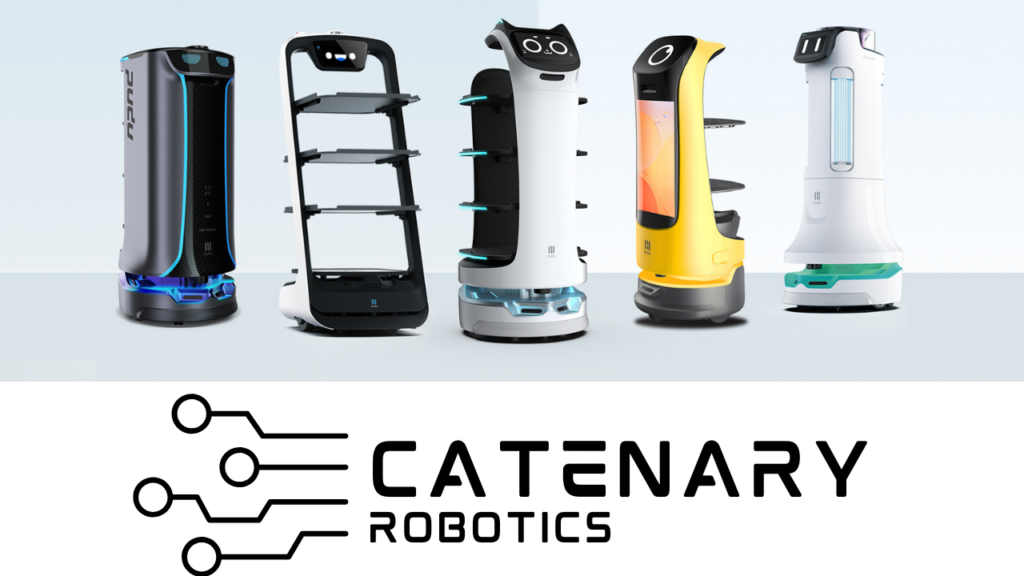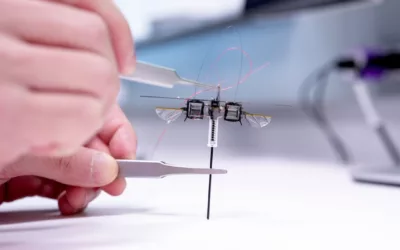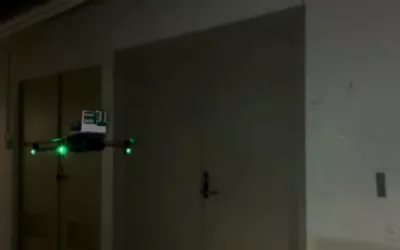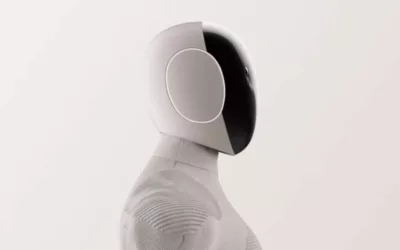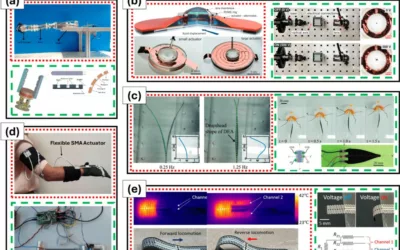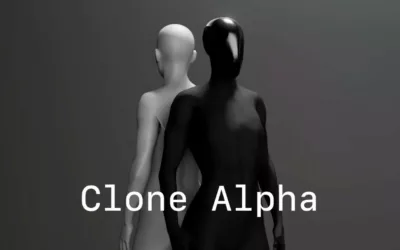The Compliant Legged Articulated Robotic Insect (CLARI) was developed by a team of engineers at CU Boulder. Drawing inspiration from the world of insects, CLARI has the ability to adaptively alter its form, allowing it to traverse confined spaces and crevices.
These small robots, each weighing less than a standard Ping Pong ball and fitting in the palm of your hand, have the potential to redefine disaster response procedures. Engineered by the Paul M. Rady Department of Mechanical Engineering, CLARI has already demonstrated its transformative capabilities.
Heiko Kabutz, a doctoral student, stated that CLARI’s design permits shape modification – transitioning from a square configuration to an elongated, slender profile when confronted with constrained environments. The details of this miniature robotic were unveiled in a recent study published on August 30, as documented in the journal “Advanced Intelligent Systems.“
Though currently equipped with four legs, CLARI’s modular design allows engineers to explore appendage combinations, paving the way for an array of potential robotic configurations. As Kabutz envisions, this modular structure facilitates customization, potentially leading to the development of an eight-legged arachnid-inspired robot, capable of traversing intricate webs.
Kaushik Jayaram, co-author of the study and an assistant professor of mechanical engineering at CU Boulder, emphasizes that CLARI is still in its infancy. Presently tethered to power sources and wires for basic commands, Jayaram envisions a future where these machines independently navigate uncharted territories – from the inner workings of jet engines to the aftermath of collapsed structures.
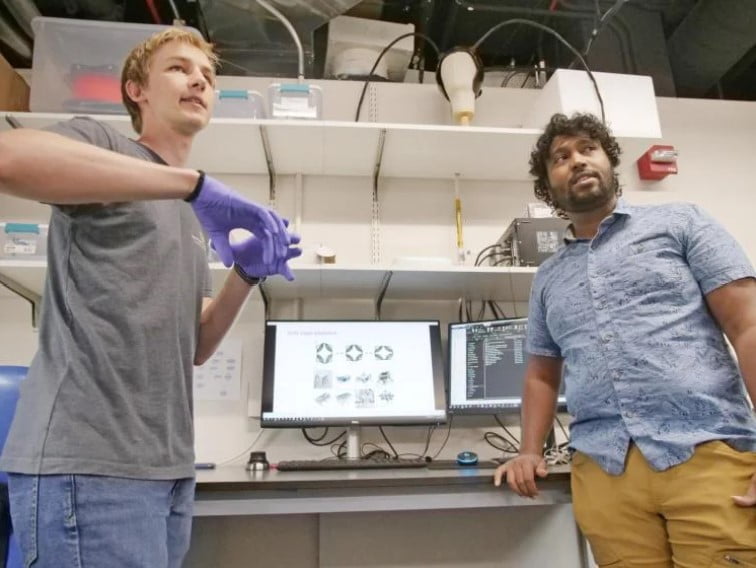
The attributes of CLARI’s modular design could lead to the emergence of an entirely new category of robots, including spider-like contraptions. Researchers, such as Heiko Kabutz and Kaushik Jayaram, anticipate further exploration into augmenting the number of legs, thus expanding the number of potential applications.
Jayaram’s expertise in animal-mimicking robots extends back to his days as a graduate student at the University of California, Berkeley. During this period, he pioneered a robot capable of emulating the flexibility of cockroaches, squeezing through narrow gaps. However, Jayaram recognizes that his previous work only scratched the surface of the adaptability observed in the natural world.
Each of CLARI’s legs operates quasi-independently, equipped with its own circuitry and dual actuators. This functionality mirrors the human hip joint, allowing for multidirectional movement. Such modularity and adaptability provide CLARI with a range of potential shapes, mirroring the fluidity of amoebas in nature.
Anticipating future advancements, Jayaram and Kabutz envision a series of CLARI robots that are even more agile and efficient. As part of these ongoing developments, they plan to integrate sensory capabilities into CLARI, enabling obstacle detection and adaptive responses.
These robots are expected in the future to surmount challenges posed by uneven terrain, seamlessly maneuvering around trees, blades of grass, and even gaps between rocks. Kabutz envisions a future where robots possess the prowess of arachnids or flies, augmented with cameras and sensors, enabling exploration of inaccessible spaces.

